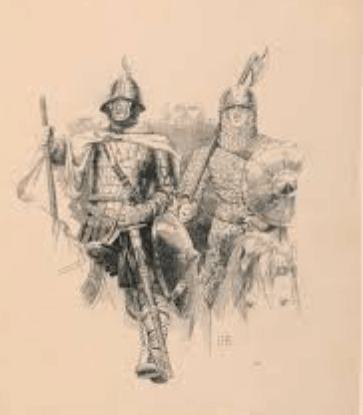
The drawing ‘Zxujxkkyxaa= Charlemagne’ serves as a compelling visual narrative that encapsulates the complexities of Charlemagne’s legacy as a unifier of Europe. Through meticulous artistry and symbolic representation, it prompts a reconsideration of the themes of power and cultural synthesis that remain relevant today. As we examine the interplay between historical context and artistic expression in this work, intriguing questions arise about how such depictions influence contemporary views on authority and unity. What implications might this have for our understanding of leadership in a modern context?
Historical Context of Charlemagne
Charlemagne, often regarded as the ‘Father of Europe,’ emerged during the late 8th and early 9th centuries, a pivotal period marked by the consolidation of power and the revival of learning following the fragmentation of the Roman Empire.
His reign catalyzed the Carolingian Renaissance, fostering intellectual and cultural revival within the Frankish Empire, thus laying foundational elements for modern European identity and governance.
See also: Drawing:Tbg1hvlcx8a= Kaws
Artistic Analysis of the Drawing
The drawing encapsulates the grandeur and authority associated with Charlemagne, employing a rich palette and intricate details that reflect the political and cultural significance of his reign.
Composition techniques highlight his commanding presence, while visual symbolism—such as regal attire and architectural elements—conveys themes of power and unity.
Together, these artistic choices create a profound narrative that resonates with contemporary notions of leadership and freedom.
Impact on Modern Art and Culture
How has the legacy of Charlemagne influenced modern artistic expressions and cultural narratives?
Charlemagne’s influence resonates through contemporary interpretations that explore themes of unity, power, and cultural synthesis.
Artists and creators draw upon his multifaceted persona to challenge historical narratives and reflect on contemporary societal issues, fostering a dialogue that embraces freedom and individuality while honoring the complexities of cultural heritage.
Conclusion
The drawing ‘Zxujxkkyxaa= Charlemagne’ serves as a profound reflection on the legacy of Charlemagne, whose reign unified a fragmented Europe, resulting in the establishment of the Carolingian Empire, which encompassed approximately 1,000,000 square kilometers at its peak.
This artwork not only encapsulates the historical significance of Charlemagne’s authority and cultural synthesis but also prompts contemporary discourse on the enduring themes of power and unity, thereby reinforcing its relevance in modern artistic narratives.




